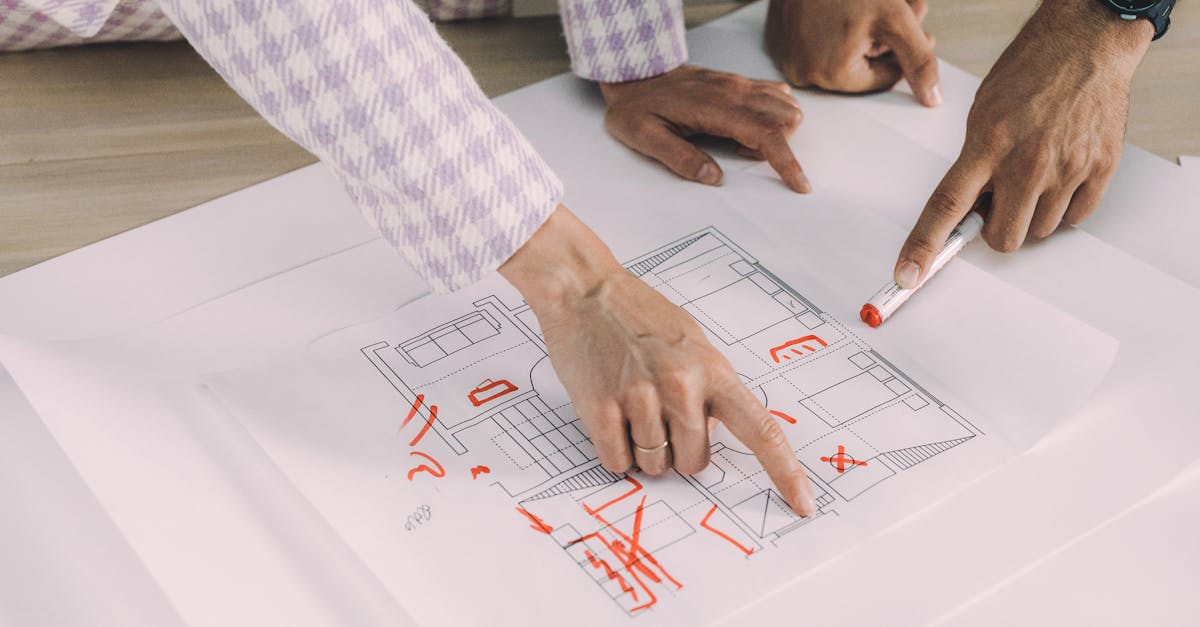Understanding the Phases of Construction: A Guide for Successful Project Management

Article Breakdown
Planning and Design Phase
In the construction process, the planning and design phase sets the project foundation. This phase involves creating a comprehensive roadmap to guide construction activities.
Developing the Project Plan
You begin with drafting a project plan. This document outlines objectives, project scope, and timelines. You allocate resources efficiently, reducing cost overruns. Task assignments and workflows are clearly defined, ensuring team members understand their roles.
Site Investigation
Site investigation follows the project plan. You conduct soil tests, assess topography, and determine utility locations. This step identifies possible obstacles, like soil instability or flooding risks, helping you adjust plans to mitigate these issues.
Design Approval and Permits
Once designs are complete, you seek necessary approvals and permits. Local regulations require submitting plans for review, ensuring compliance with building codes and zoning laws. Obtaining these documents authorizes construction activities legally and safely.
Pre-Construction Phase
In the pre-construction phase, you lay the groundwork for a successful project. This phase involves selecting a contractor and finalizing contracts.
Selecting a Contractor
Choosing the right contractor sets the stage for a smooth construction process. Factors such as experience, reputation, and pricing come into play. Review portfolios and past projects to assess the contractor’s quality of work. References from past clients offer insights into reliability and professionalism. Ability to handle the project’s scope is crucial; ensure the contractor has the necessary resources and workforce.
Finalizing Contracts
Finalizing contracts ensures clear communication and legal protection for all parties. Specific terms, including scope, timeline, and payment schedule, should be outlined in detail. Address contingencies and define procedures for change orders. Review insurance requirements and verify the contractor’s coverage. Contracts create a framework for accountability and project completion according to agreed terms.
Construction Phase
The construction phase marks the beginning of onsite building activities. Managing this phase involves overseeing various tasks to ensure successful project completion.
Site Preparation
Site preparation involves clearing and grading the land. This process includes removing debris and leveling the ground to prevent drainage issues. Before moving forward, utility lines and underground hazards are located to avoid damage during excavation. Stabilizing the soil through compaction ensures a firm foundation.
Building Structure
Building the structure begins with laying the foundation, typically made of concrete. After the foundation sets, workers erect the framework using steel or wood, providing support for the roof and floors. Brick or siding covers the exterior, while plumbing and electrical lines are installed within the walls. Roofing materials, like shingles or tiles, complete the building shell.
Quality Control and Inspections
Quality control maintains project standards. Regular inspections verify that construction complies with design plans and local regulations. Inspectors check structural integrity, safety features, and material quality. Addressing any discrepancies promptly prevents future issues and ensures the project meets all requirements.
Post-Construction Phase
In the post-construction phase, you shift focus from building to ensuring everything’s ready for use. This phase ensures the project meets all requirements and is ready for occupancy.
Handover Process
During the handover process, you transfer the completed project from the contractor to the owner or client. This involves preparing detailed documentation like warranties, operation manuals, and maintenance guides. You’ll review these documents along with as-built drawings to confirm everything matches the agreed specifications. Training sessions for facility management might occur, helping ensure a smooth transition to operational status.
Final Inspections
Final inspections involve a thorough assessment of the completed work. Inspectors check for compliance with building codes and regulations. You’ll identify any discrepancies and ensure they’re corrected promptly. This step guarantees the project meets safety and quality standards. Once all issues are resolved, you obtain a certificate of occupancy, indicating the building is safe for use.
Conclusion
Understanding the phases of construction is crucial for managing projects effectively and achieving successful outcomes. By focusing on each stage from planning and design to post-construction you can anticipate challenges streamline processes and ensure timely completion. A well-structured approach not only helps in minimizing costs but also enhances client satisfaction and project success. Emphasizing thorough planning diligent contractor selection and meticulous execution can make all the difference in delivering a project that meets both expectations and regulatory standards. As you navigate through each phase remember that attention to detail and proactive management are your best tools for a smooth and successful construction journey.
